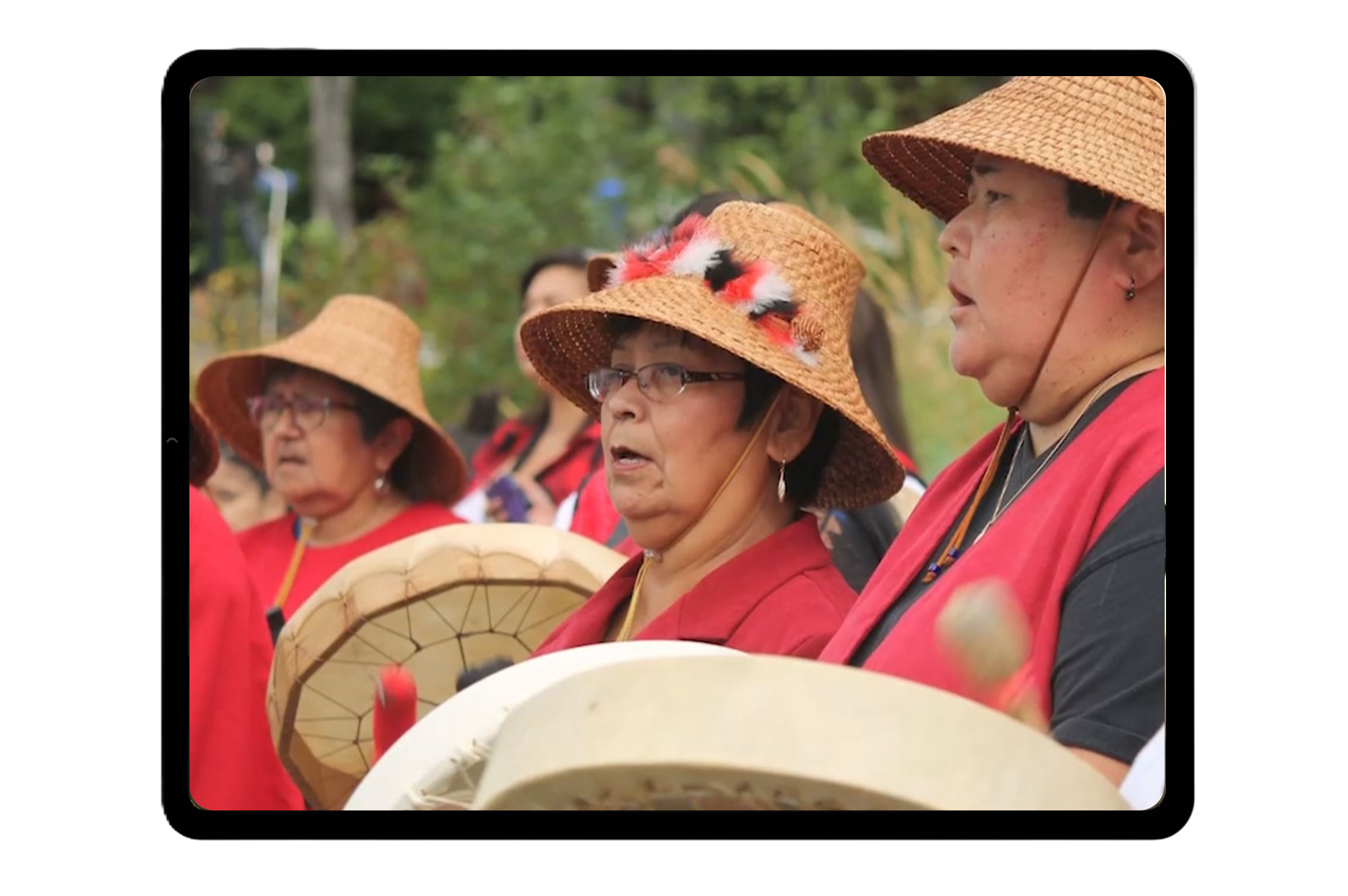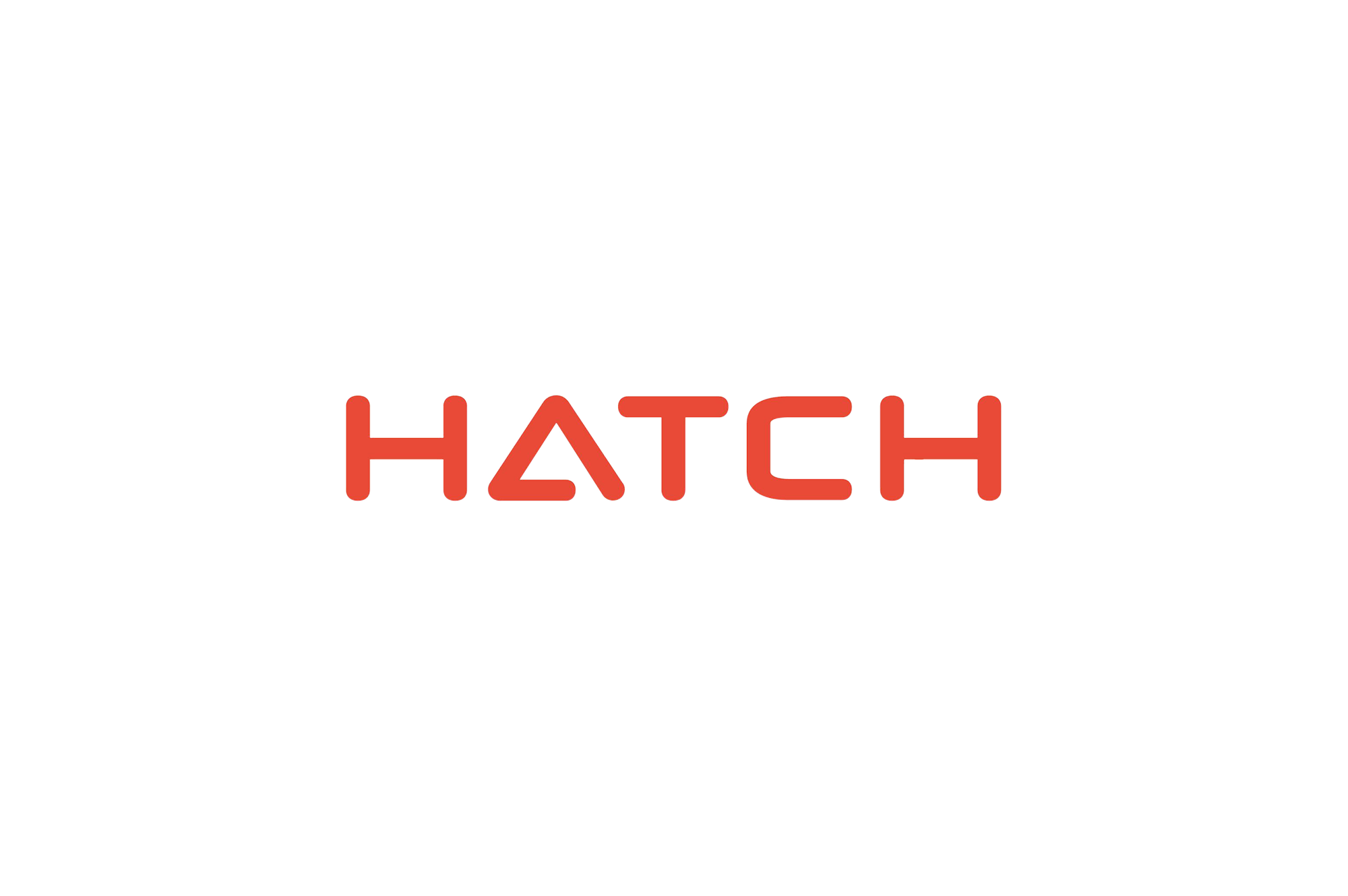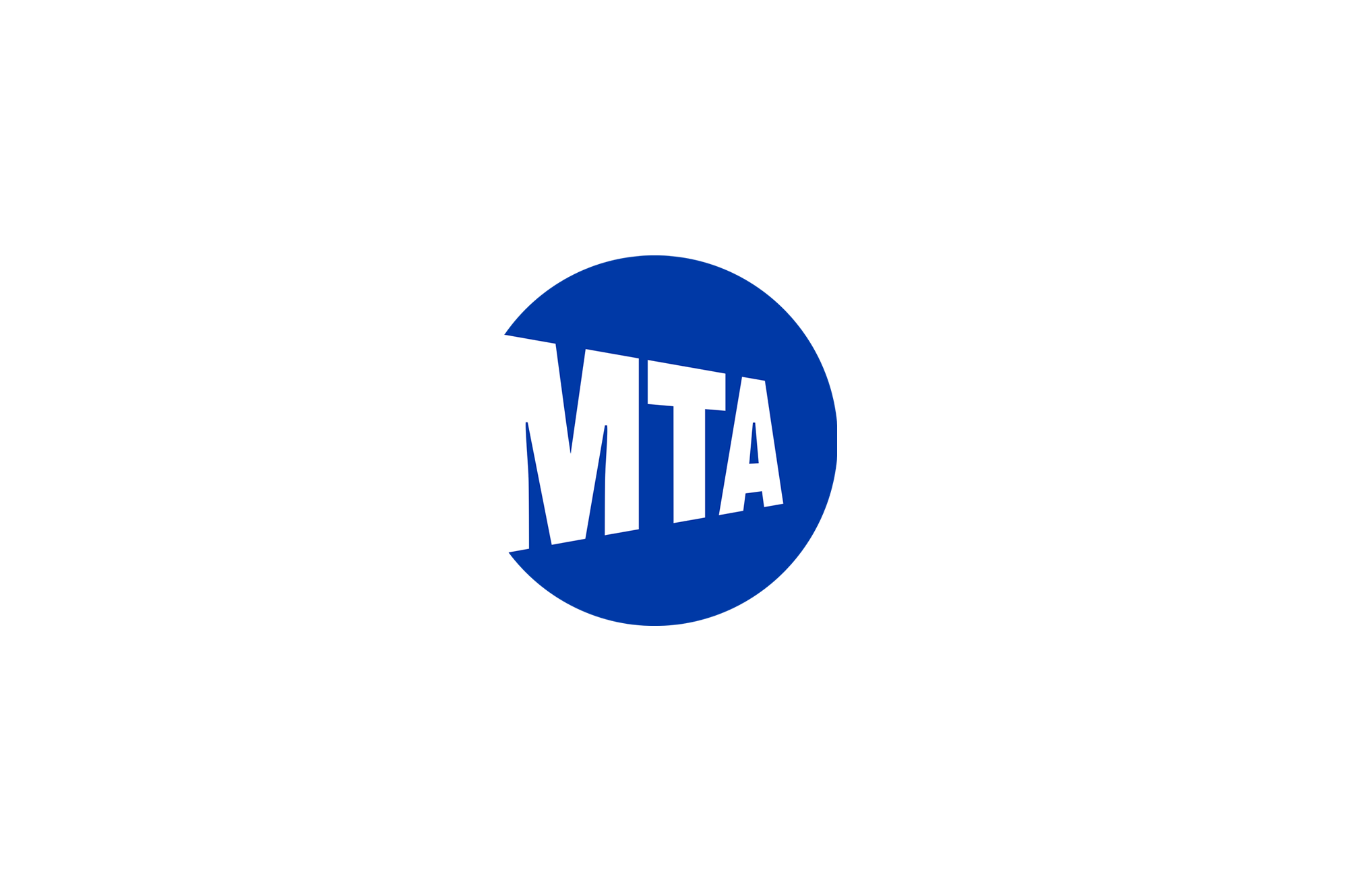
Many Indigenous children and adults are “Disconnected” from Culture, Language and Way of Life. Those who are preserving Cultural ways, struggle to find ways to get people “reconnected” to a way of life in which Grandparents and Ancestors were denied. Additionally, many Indigenous communities are finding it increasingly challenging to preserve Culture, Languages, and Ways of Life when band members leave communities and become disconnected from in–community activities.
Now, communities across Canada are exploring ways to leverage technology in an effort to increase awareness of and to preserve Culture and Heritage. It is especially important not only within communities but also in government, private industry, and academia.
In the Haisla Nation of Northwestern British Columbia, the Culture and Language Department holds an annual Culture Camp to introduce young people to traditional ways of living. Additional events are hosted for the community to come together and truly live out and express their vibrant culture. These events are a great opportunity to carry forward and teach important aspects of the Haisla culture and were identified as an opportunity for digitalization and archival.
Storytelling is a pillar of the Haisla culture, and the Haisla Nation Council (HNC) saw an opportunity to share culturally significant stories of traditions, celebrations, and events in the community through a series of short videos. In addition to helping in the preservation of language, music, and , traditions, digital assets such as video and other media can be shared with band members and the general public through a variety of channels to educate and create awareness.
The Haisla Nation Culture Department has a strong relationship with the Kitamaat Valley Education Society (KVES) and engaged them to assist in leading this project. KVES engaged a local videographer from the Haisla community, Lee Wilson Productions, alongside Xpan to work together with the Haisla Culture Department to develop a creative approach that honours the Haisla Nation.
KVES worked with the Haisla Culture Department to secure funding from local industry partner, Rio Tinto Aluminum (RTA), and together, presented an application for the Rio Tinto Aluminum Canada Fund. Fortunately, grant funding was secured, and RTA was honoured to support the project. Additionally, all involved vendors offered reduced rates and a preferential cost structure to ensure the viability of the undertaking.
The collective of the Haisla Nation Culture Department, KVES, Lee Wilson Productions, and Xpan worked together on all aspects of project planning, design, development, and production.
Lee Wilson provided videography services to shoot footage of the camps, as well as interviews. The involvement of the Haisla Culture Department leadership and community members was especially important, as the videos were unscripted, relying on individuals to tell stories in their own words. The addition of original music, written and performed by Haisla artists, Shelley Bolton and the Haisla Braid respectively, provided an impactful and moving tone throughout. In addition to creative direction, Xpan provided video post-production services to bring all assets together to deliver the final product, while KVES provided important project oversight and coordination.

Two videos were produced. One features the culturally significant practice of creating regalia, wardrobe items that are used in ceremonies and are a sign of the lineage. The second video looks at the activities and outcomes of the culture camps.
The videos are being shared by HNC on social media channels, internal websites, and at community events. These will also be important assets for the preservation of HNC’s heritage, to be stored in archives for future generations, as a permanent record of any future applications.





















